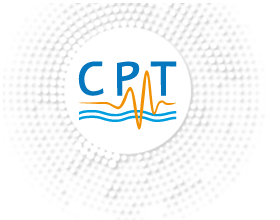Agenda
Mercredi 11 mai 2022
Hot topics in Modern Cosmology, Spontaneous Workshop XIV

Spontaneous Workshop (SW) brings together specialists in particle physics, astrophysics and theoretical physics at the Institute of Scientific Studies of Cargèse (IESC) to exchange recent knowledge on Cosmology in a constructive atmosphere. The goal is to stimulate debate for generating innovative ideas on emerging issues. With this in mind, the number of participants is limited to 30-40 and the workshop program is based on an optimal number of concise presentations, with a sufficient discussion space to facilitate interactions between participants. Postdoctoral and PhD students are encouraged to participate.
More information here
From cosmos to the center of the earth : muography basics and applications
Jacques Marteau (IP2I, Université de Lyon & Muodim)
Muography is an imaging technique based on the detection of particles produced naturally in the atmosphere, the muons, and adapted to structures which are usually opaque to standard methods, either because they are too large, too dense or because they are located in “blind” or inaccessible environments. According to the requests the muography is used either in “absorption” mode (for stopping-muons, like X-ray imaging) or in “scattering” mode (for through-going muons). Assessing the target’s properties (density and chemical composition) from the muons flux modification belongs to the category of “inverse problems”. Muography offers imaging and monitoring capabilities that have been extensively used in geosciences applications, but the domain extends to other disciplines like archaeology, civil engineering, homeland security etc.
Its impact is especially prominent in the case of volcanoes either as a standalone remote imaging technique or in combination with other more traditional geophysical methods. Being non-invasive muography has no adverse impact on the studied object and this makes it an excellent tool for the imaging of archaeological sites. The discovery of the previously unknown void in the Great Pyramid of Giza by the ScanPyramids project proved how capable muography can be as standalone probe of smaller-scale targets. Most sites of archaeological interest are not completely excavated and remain buried or quasi-buried for long periods after their discovery and while the excavations are being performed. This gives rise to formations where muon tomography and near- surface geophysics could work together to map the subsurface structures.
In this talk we will present the basic features of muography and its state-of-the-art applications, both in geosciences and in industrial context, with a special emphasis on the results obtained for the Soufrière of Guadeloupe active volcano and by Muodim in 4D imaging.
